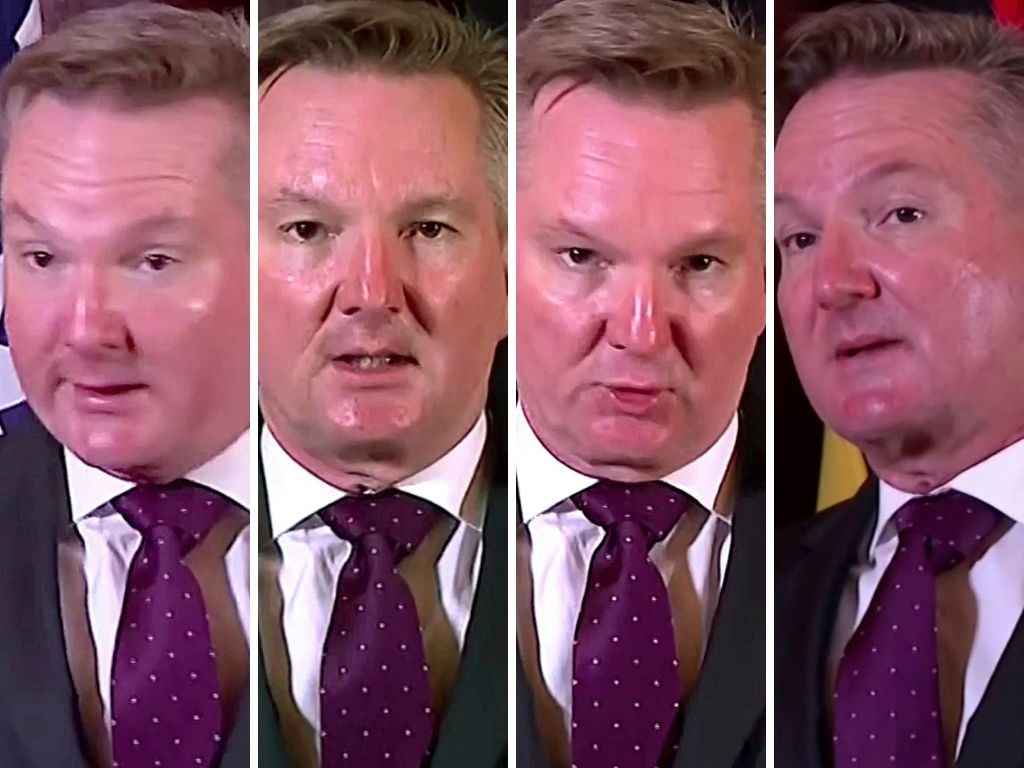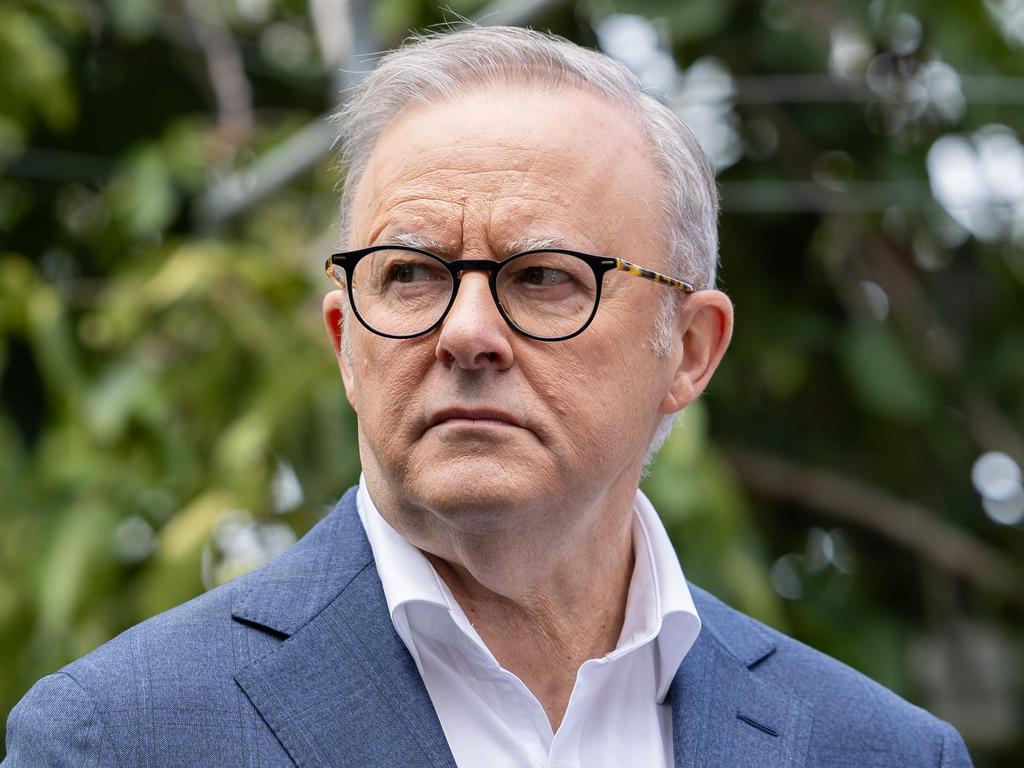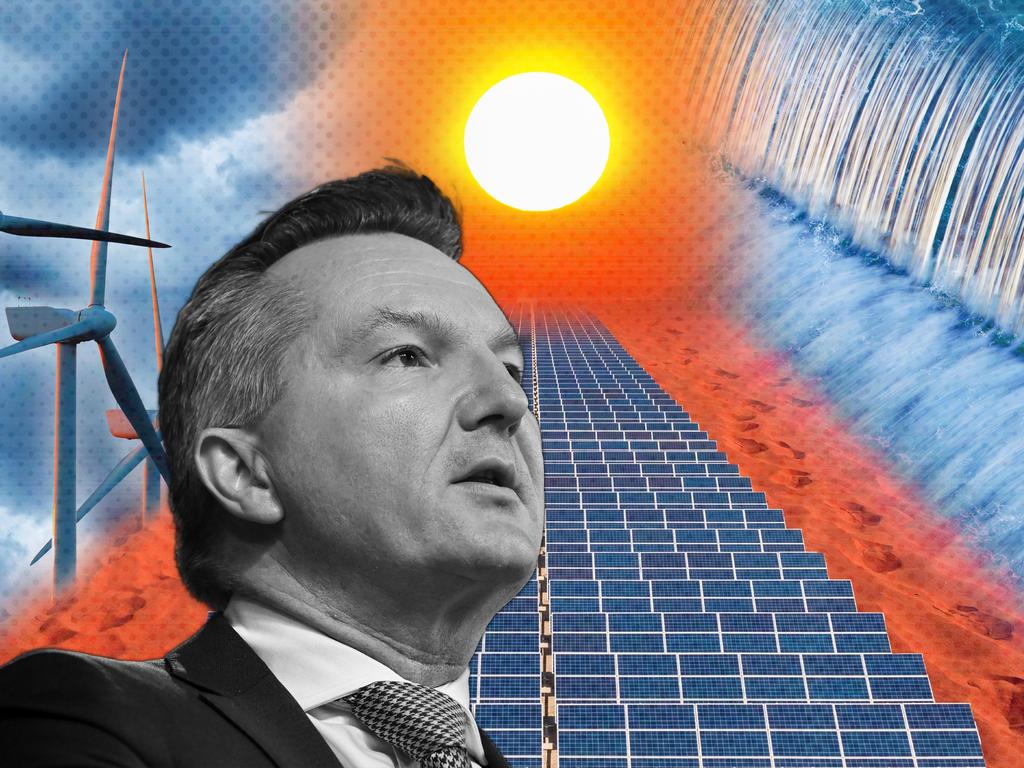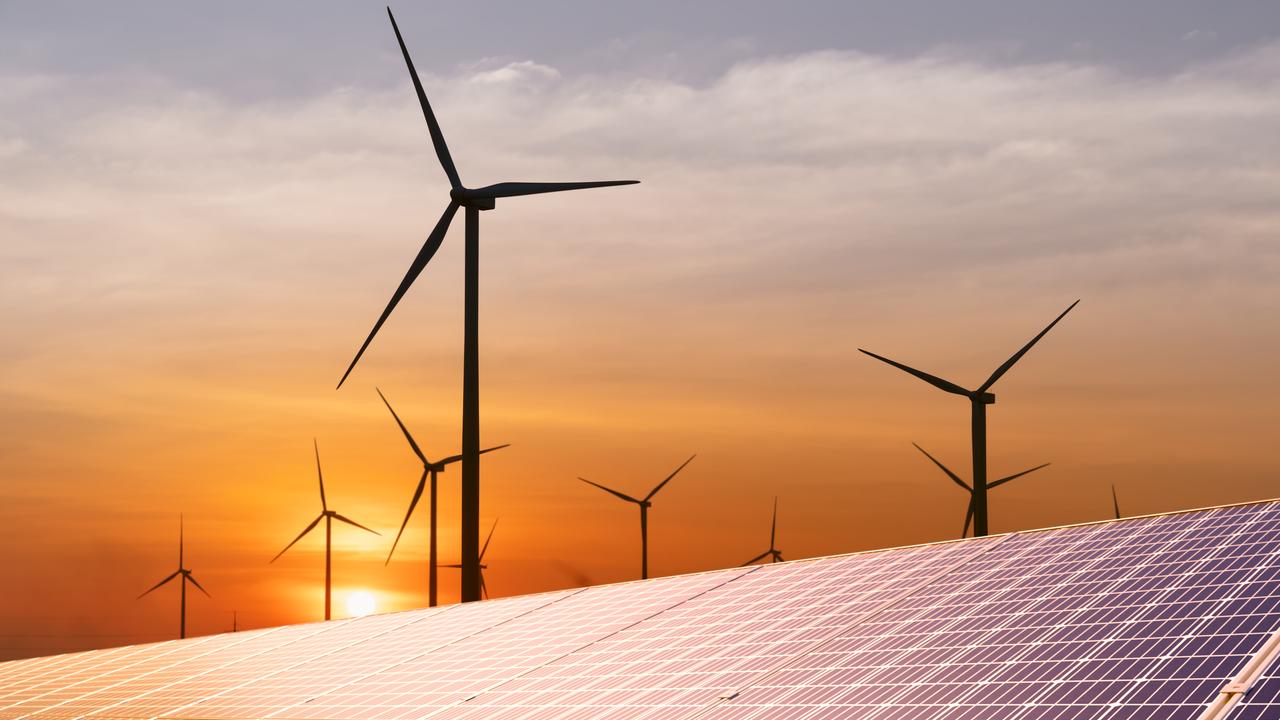NSW now second most expensive state to run everyday appliances
Households in the most populous state in the country are now paying hundreds of dollars more to run their everyday appliances.
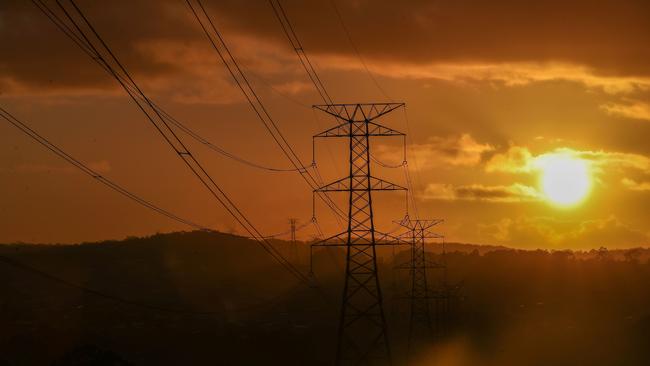
NSW households, set to be slugged with further increases to power prices taking effect in July, are paying up to $800 a year more than the national average to run everyday appliances.
Now sitting behind only South Australia, Australia’s most populous state has seen an almost 60 per cent increase in the average household power bill, taking it from the second cheapest state for electricity 10 years ago to the second most expensive today.
Analysis conducted by financial comparison company iSelect, looking at the average cost of running everyday household appliances, found NSW families copping above $300 more a year to heat their homes and almost $100 more to wash their dishes when compared with the average Australian household.
With sugar-hit subsidies from state and federal governments set to end this year, combined with the Australian Energy Regulator’s decision to raise benchmark energy tariffs by up to 8.9 per cent, home budgets are likely to be squeezed even further.
Emboldened by Labor’s landslide victory at the federal election, Energy Minister Chris Bowen on Wednesday said “one of the great myths of the climate change debate … is that inner-city dwellers support strong climate action and that the rest of us are lukewarm or hostile”.
“In fact, people in the suburbs and regions are living the transition and benefiting from it,” he wrote in The Australian.
He cited Baulkham Hills, Marsden Park and Kellyville as hotspots for the government’s electric vehicle discount while signalling “when it comes to solar panels, there are 10 times more solar arrays in Blacktown (in my electorate) than in Bondi (in Wentworth)”.
Despite this, most household power bills have gone up, with increases outstripping inflation.
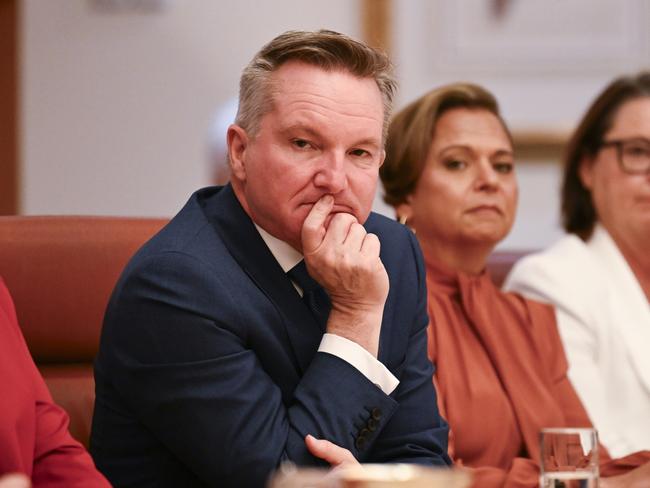
Over a 10-year period, average market offers have increased significantly in all states and territories barring Victoria and the Northern Territory, with NSW copping a 58 per cent rise and SA weathering a 38 per cent increase to power bills.
iSelect utilities general manager Julia Paszka suggested despite SA’s high penetration of renewable energy, which “has helped reduce costs … The intermittent nature of these energy sources necessitates reliance on gas-fired generation during periods of low renewable output”.
“The closure of several thermal generators, unable to operate profitably under these fluctuating conditions, has reduced firm supply and can lead to price spikes during high-demand periods”, she told The Australian.
Similarly in NSW, Ms Paszka identified the closure of the Liddell Power Station just over two years ago and “significant investments in renewable energy projects” as drivers of price increases.
“Although Liddell had been operating below capacity, its shutdown removed a substantial source of generation, leading to tighter supply conditions,” she said. “Australia’s energy system also still relies heavily on fossil fuels, which are generally more expensive than renewable energy sources … (But) the ongoing transition to renewable energy can also increase prices.”
The AER’s decision to hike the default market offer for electricity prices was driven by increases to wholesale and network costs, which Ms Paszka said were a result of “increased demand, reduced availability of coal-fired generation and network limitations”.
The DMO acts as a price safety net for households and small businesses in NSW, SA and southeast Queensland, and serves as a reference price for all other market offers.

